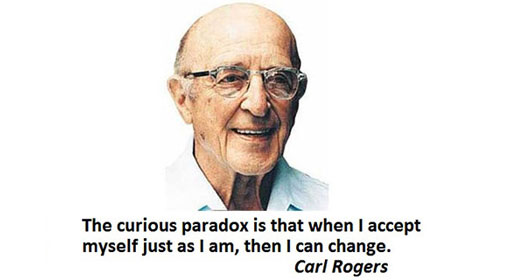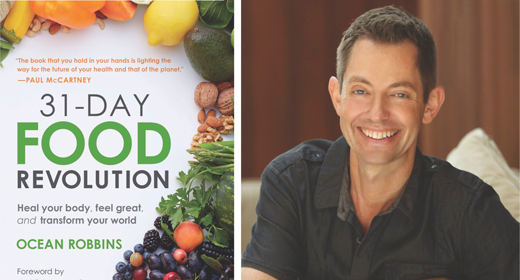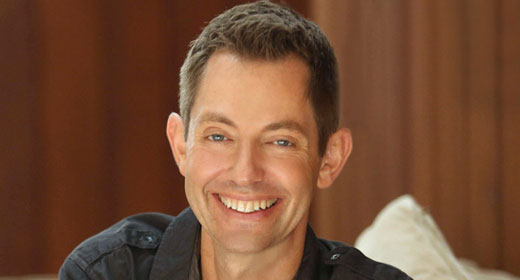by Carl Rogers: As part of my studies for my master’s degree in counseling, I recently read Carl Rogers’ Becoming Partners: Marriage and Its Alternatives.

At the time this book was published (1972), the term polyamory had not yet been coined, but if it had been, I suspect Rogers would have talked about it.
I find his approach refreshing because he is open to nontraditional ideas and explores people’s feelings about their experiences. His insights can be useful both to monogamous and polyamorous people since they have to do with creating relationships that are satisfying and fulfilling to the individuals involved. He explicitly recognizes that this may look different to different people.
As background, Becoming Partners was published at a time when there was some discussion in the media about non-standard relationships. Some other books dealing with nonmonogamy published in that era include The Civilized Couple’s Guide to Extramarital Adventures by another eminent psychologist, Dr. Albert Ellis (1972), Open Marriage by Nena and George O’Neill (1972), Hot and Cool Sex: Cultures in Conflict by Anna K. and Robert T. Francoeur (1974), The Extramarital Sex Contract by Dr. Jay Ziskin and Dr. Mae Ziskin (1973), The New Intimacy by Ronald Mazur (1973), and two slightly earlier books which inspired many in the early generation of polyamorists: The Harrad Experiment by Robert H. Rimmer (1966) and Stranger in a Strange Land by Robert A. Heinlein (1961). Becoming Partners is not currently in print, but has been available second hand through amazon.com.
In his introduction, Rogers explains that he wanted to offer young people something to help them “in some of their pioneering struggle to build new kinds of marriages and alternatives to marriage. Not a stupid book of advice, certainly, but perhaps something that is new.” So he decided to try to show marriage from the inside, to provide a picture of the struggles, good times, perplexity, jealousy, and despair which go into a partnership. He interviewed people both about relationships which didn’t work as well as ones which were working. He also includes some comments on communes and interviews with people in them. When he talked with people who had extramarital relationships, he focussed on what did or did not work, without any assumptions or judgements on that type of relationship per se.
Here are some of the things that struck me in his comments on interviews, or that a person interviewed mentioned:
- in a continuing relationship, any persistent feelings (good or bad) need to be expressed.
- when one spouse ridicules or humiliates the other in public, trouble is brewing.
- the more you can each express your feelings as your own feelings, the more likely you are to be able to reach an understanding. In other words, you’re more likely to be heard by your partner when you own your feelings as simply feelings rather than blaming them on your partner.
I’ve been surprised how much I have to keep working on this, so I think it’s something that needs to be repeated often. - There’s a richness that can come from being open, sharing feelings, working the relationship through rather than defensively glossing over problems. “Depth comes from commitment to working through the most painful feelings – the ones I want to avoid.”
- Rogers mentions that for one couple, marriage is a box, even if they try to make it an attractive box, while for another it is a flowing river.
- Living one’s values does have an impact.
- Marriage is a process rather than an institution or structure.
- A strong marriage can allow more personal exploration. A marriage which is constantly being transformed by the development of each spouse is a great source of security, and allows the individuals to try daring, challenging behavior, take risks, and work to change the world, because they can return to their secure relationship. He sees a core of this continually blossoming security as marriage at its best.
At the end, Rogers sums up his observations about the common elements of satisfying, enriching, growthful, possibly permanent relationships.
- Dedication? Commitment?
He points out that intention is not enough, and a contract doesn’t do it – marriage is a continuing process. His statement of dedication is, “We each commit ourselves to working together on the changing process of our present relationship, because that relationship is currently enriching our love and our life and we wish it to grow.” He comments that the commitment is individual, but the constant, difficult, risky work is of necessity done together. “A relationship is lasting only if that lasting quality exists in the present moment.” - Communication.
How we communicate is important. Sharing feelings as an expression of ourself rather than being about the other person helps. Willingness to be vulnerable and take a risk is important. He summarizes this as, “I will risk myself by endeavoring to communicate any persisting feeling, positive or negative, to my partner – to the full depth that I understand it in myself – as a living, present part of me. Then I will risk further by trying to understand, with all the empathy I can bring to bear, his or her response, whether it is accusatory and critical or sharing and self-revealing.” The less that is hidden in the present relationship, the more change and development are nurtured. One person can start the ball rolling. - The dissolution of roles.
To be constrained by roles and expectations prevents the ongoing differentiating process of a developing relationship. People need to make their own choices and follow their own rhythms. This complexity of partnership is far less simple than living by a role, and far more satisfying. “We will live by our own choices, the deepest organismic sensings of which we are capable, but we will not be shaped by the wishes, the rules, the roles which others are all too eager to thrust upon us.” - Becoming a separate self.
Paradoxically, when each partner is increasingly becoming his or her own self, the partnership becomes more enriching. Becoming one’s own self includes:
-
- discovery of oneself
- acceptance of self
- dropping masks
- experiencing values (developing an internal locus of evaluation)
- growth for both (encouraging your partner to grow as well)
I find all of these points to be very relevant to those of us who are stepping outside normal social constraints, who are willing to love more than one partner and create the types of relationships that work for us. One expression of Rogers’ vision of partnership that seems especially relevant to the polyamorous community is his statement on “perhaps”:
“Perhaps I can discover and come close to more of what I really am deep inside – feeling sometimes angry or terrified, sometimes loving and caring, occasionally beautiful and strong or wild and awful – without hiding these feelings from myself. Perhaps I can come to prize myself as the richly varied person I am. Perhaps I can openly be more of this person. If so, I can live by my own experienced values, even though I am aware of all of society’s codes. Then I can let myself be all this complexity of feelings and meanings and values with my partner – be free enough to give of love and anger and tenderness as they exist in me. Possibly then I can be a real member of a partnership, because I am on the road to being a real person. And I am hopeful that I can encourage my partner to follow his or her own road to a unique personhood, which I would love to share.”
In his final chapter, Rogers talks about experimentation as central to our technological advances, and suggests that we should also support the experimentation that is going on with respect to new ways of relating, new kinds of partnerships, rather than condemning them. He suggests a law that declares “that any partnership pattern entered into by mutually consenting adults is now legal, providing it does no clear injury to other persons.” This would allow these explorations to occur openly and honestly. He further suggests that one goal of education be “to assist the young person to live as a person with other persons.” We need to learn how to be partners, how to communicate, resolve conflict, what to do with anger and other negative feelings. The education system has neglected these things. Unfortunately, 30 years later, this is still true.
I find it encouraging that a well known and well respected psychologist presented views that are helpful to and supportive of the types of explorations that we in the polyamory movement are engaged in. I note, however, that this particular book is out of print while many of Rogers’ other works are still in print. We’re still fighting an uphill battle to allow and encourage people to look for the ways of relating that work best for them.








































